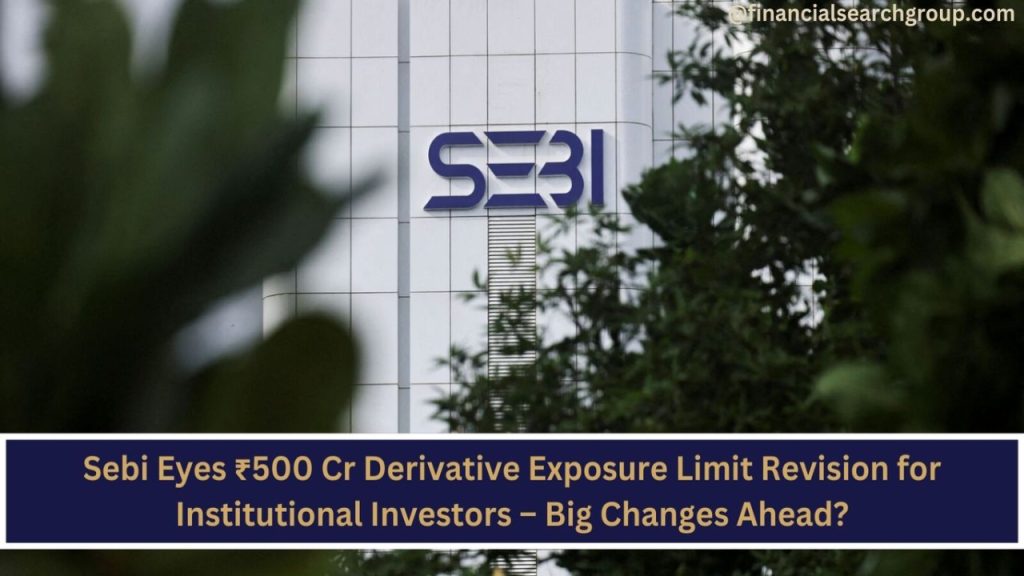In response to the COVID-19 pandemic in March 2020, the Securities and Exchange Board of India (Sebi) has the authority to modify the ₹500-crore exposure or open interest limit for index futures and options that were implemented for institutional investors, including international and mutual fund investors. agreements.
This modification, which was made possible by a SEBI circular, represents a significant alteration in the regulatory structure governing the Indian derivatives market, specifically with regard to index futures and options. Following in-depth deliberations within its Secondary Market Advisory Committee (SMAC) and substantial input from market participants, SEBI made the judgment.
The trading member (TM) position limits in index futures and options contracts have been increased by the Securities and Exchange Board of India (SEBI). With effect from October 15, trading members would be permitted to hold positions up to Rs 7,500 crore or 15% of the market’s total open interest (OI), whichever is larger, for both client and proprietary trades. Compared to the previous cap of Rs 500 crore, or 15% of the entire market open interest, this is a significant increase.
To be clear, in October, the regulator declared that trading members and their clients could now hold higher position limits in the index F&O contracts.
What is Derivative Exposure Limit?
Derivative exposure is defined as the maximum liability (including costs, fees, and expenses) of any individual under any interest rate swap, collar, cap, or other interest rate protection agreements, treasury locks, foreign currency exchange agreements, commodity purchase or option agreements, or other interest or exchange rate or commodity price hedging agreements, based upon a liquidation or termination as of the date of the applicable covenant compliance test.




